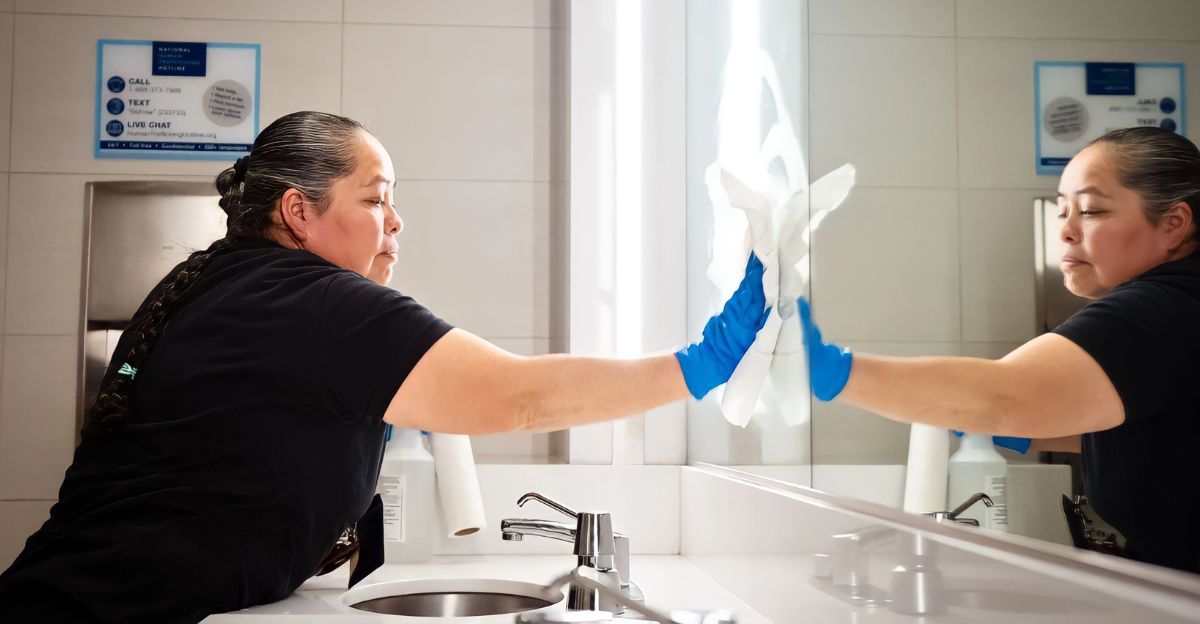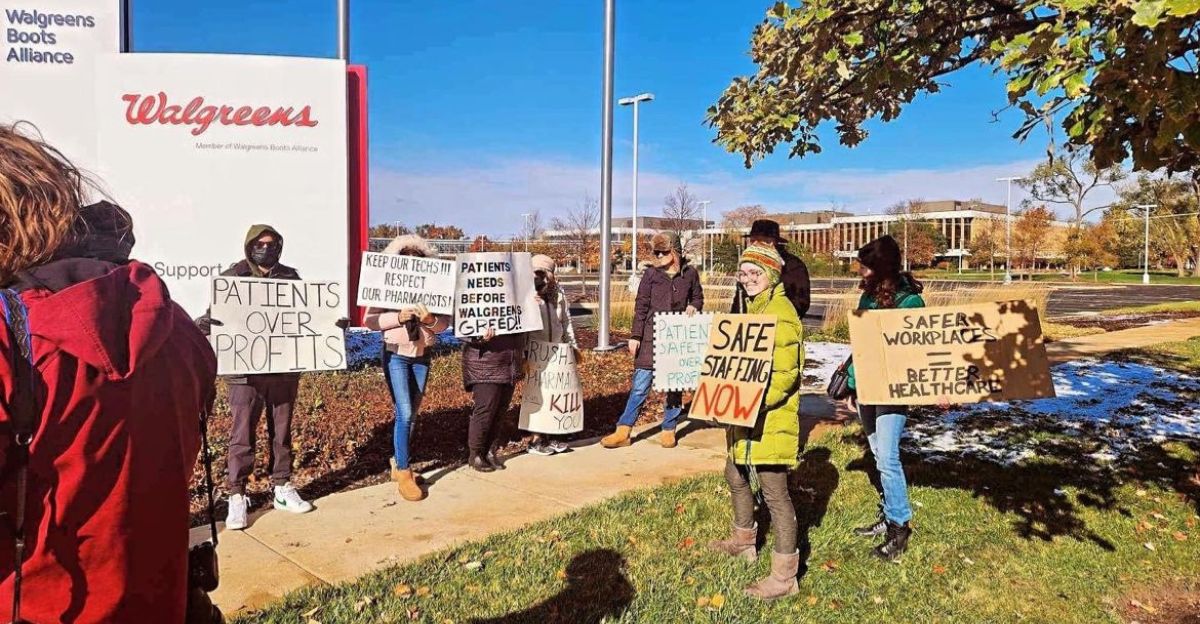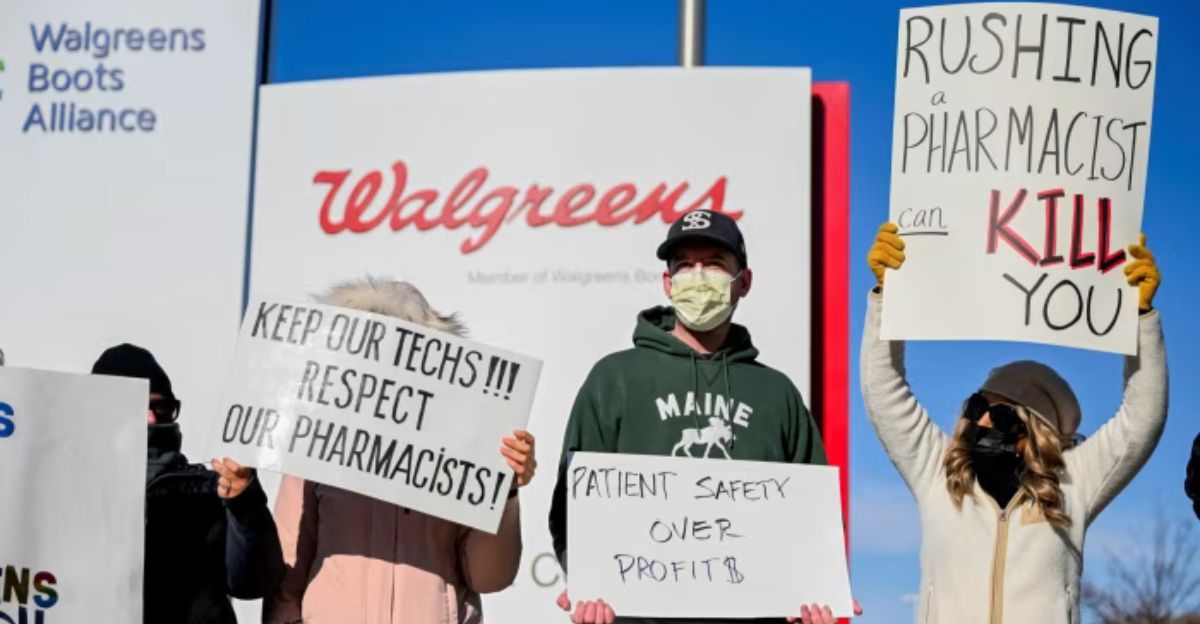
Gallup’s 2024 U.S. engagement survey finds only 31% of American workers feel engaged – a decade-low – and 17% are actively disengaged. Each percentage point drop equals about 1.6 million fewer motivated workers, so engagement is down roughly 8 million from 2020.
Young employees under 35 have taken the biggest hit, reporting steep declines in role clarity, peer support and development opportunities. Analysts warn this slide threatens productivity and safety on the job.
Great Gloom

Meanwhile, BambooHR’s employee “Happiness Index” confirms the gloom. Q2 2024 scores plunged to just 35 out of 100, a four-year low about 5% below 2023. Dubbed the “Great Gloom,” the slump is blamed on rising living costs, strict return-to-office mandates and chronic burnout. Even typically upbeat fields sagged: healthcare worker happiness fell 7% in one quarter and tech morale hit its lowest since 2020.
By contrast, staff at small firms (<75 employees) are roughly 47% happier than those at large companies, suggesting close-knit culture still matters. Experts warn that with sentiment this fragile, even minor shocks can trigger mass disengagement.
Years of Erosion

This downturn didn’t happen overnight. Gallup’s long-term data show U.S. engagement peaking at 36% in 2020 and then gradually sliding through 2021–2024. The gap between engaged and disengaged workers is now the smallest in a decade. Crucially, even managers are feeling it: only about 31% of U.S. managers report being engaged, weakening their ability to guide teams in a hybrid environment.
The biggest falls are in the basics – clear expectations, recognition and growth opportunities – deficits experts say one-off perks or pay bumps can’t fix.
Pharmacy Pressure

No group illustrates the crisis more starkly than pharmacists. A DrugTopics report finds nearly 9 in 10 pharmacists now face burnout – up from roughly 40–50% pre-pandemic. Chronic understaffing and quota-driven targets have become the norm: about 75% of community pharmacies struggled to fill vacancies last year, forcing remaining teams into 12-hour days with few breaks. Pharmacists warn these relentless conditions raise the risk of dispensing errors.
One pharmacist put it plainly on social media: “It feels like I’m racing all day – people count on us, but we’re burned out.” Experts say this toxic loop – staff quitting, workloads rising, stress deepening – is defining the profession’s crisis.
Sector Shock

Then comes the jarring data: Deputy’s “Shift Pulse” survey of 1.5 million U.S. hourly workers finds pharmacies at rock bottom. Only about 14% of pharmacy shift employees reported feeling “good” or “amazing” about their day – the lowest of any sector. By Deputy’s measure, pharmacies have become the nation’s “unhappiest” industry. (Researchers note this is a relative ranking – not that every pharmacist is miserable, but that sentiment in pharmacy ranks worst nationwide.) The finding is stark: as one observer notes, pharmacy morale data now shout “warning.”
State Divide

Morale isn’t uniform across America. Deputy’s state-by-state map of worker sentiment shows powerful divides. In states like South Carolina, Virginia and Utah, nearly all shift workers report positive feelings – credited to flexible scheduling laws and strong service-sector hiring. At the opposite end, North Dakota, New Mexico and Vermont lag the national average by 20+ points.
This contrast underscores that morale is highly local: rural job scarcity, high housing costs or industry mix can easily override national trends. The takeaway: a one-size-fits-all policy may miss these deep regional differences.
Frontline Voices

Pharmacists are finally speaking out. Former Walgreens pharmacist Shane Jerominski told Reuters that many stores were “grossly understaffed,” fearing exhausted staff might harm patients. Organizer Bled Tanoe said employees had simply “had enough” after quotas left “no time to breathe.” In late 2023, pharmacists at dozens of CVS and Walgreens stores staged a walkout – a movement dubbed “Pharmageddon.”
The protests forced chains to pledge new hires and eased metrics, but many strikers say relief has been partial. Their stories give human faces to the stats: real professionals warning that morale and patient safety are now on a razor’s edge.
Regulatory Scrutiny

The pressure even reached regulators. On Oct. 30, 2023, Reuters reported that CVS and Walgreens pharmacists launched a national strike, prompting both chains to promise extra staff and review their 12-hour shifts. States acted, too: Ohio’s pharmacy board now requires “sufficient personnel” on duty at all times and guarantees breaks during long shifts.
The American Pharmacists Association backed the walkouts, insisting pharmacists have a right to safe staffing. In short, even traditionally hands-off regulators warn that continued understaffing could lead to fines under safety laws – a rare hard edge for white-collar health care.
Macro Ripples

Low engagement isn’t just an HR problem – it dents the economy. Gallup finds global worker engagement fell from 23% in 2023 to 21% in 2024, costing roughly $438 billion in lost productivity. The steepest drop was among managers – especially younger women – raising alarms about future leadership gaps. U.S. declines feed this global malaise: fewer motivated employees mean slower innovation, weaker customer loyalty and more workplace accidents.
Economists warn that unless morale rebounds, even gains from AI and new technology will be muted, keeping the post-pandemic growth recovery sluggish.
Future Fix

Deputy’s latest report finds Gen Z workers favor very short, flexible shifts (often under six hours) to fit life commitments. Deputy CEO Silvija Martincevic sums it up: “Micro-shifts aren’t about working less – they’re about working smarter. Today’s workers, especially Gen Z, prioritize flexibility, and businesses that embrace this shift will have a competitive advantage”.
AI-driven scheduling is on the rise, helping managers predict demand and reduce overload. Experts warn these innovations need guardrails to prevent new abuses. The coming year will show if such changes can turn today’s most stressed shop floors into truly resilient ones.